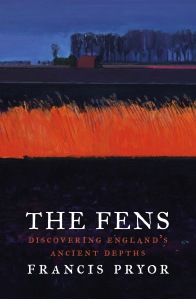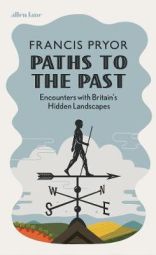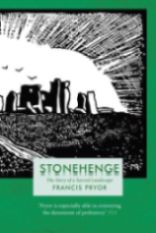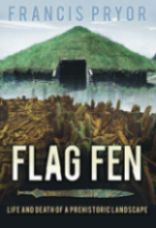As you may have gathered from past blog posts, I’ve been busy writing a book about our garden: A FENLAND GARDEN: Creating a haven for people, plants, and wildlife. It’s being published by Head of Zeus, the independent London publisher who did such a great job on my previous three books, Stonehenge, The Fens and Scenes from Prehistoric Life. All these books were edited by Richard Milbank who did an exemplary job. I’m often asked about editors, especially by people who are thinking about self-publishing. The general opinion by non-professional writers seems to be that editors aren’t really necessary. Computers can check your spelling and to an extent grammar, too, but there’s far more to editing a book than merely tweaking a few words. My best books all owe a huge amount to my editors. In fact while I’m actually writing – and especially during those opening few chapters when I’m trying hard to establish the book’s voice, character and direction of travel – my editor can become more of a co-author, having to put up with frequent emails, texts, and phone calls. When I was starting-out as an author I’d often find myself heading for a cheap, off-peak train down to London for a lunchtime editorial session in a pub around the corner from the publishing house…
The three most influential editors I’ve worked with were Richard Johnson at Harper Collins (Seahenge, Britain BC, Britain AD and Britain in the Middle Ages), Georgina Laycock at Penguin Books (The Making of the British Landscape) and Richard Milbank at Head of Zeus (Stonehenge, The Fens, Scenes from Prehistoric Life and A Fenland Garden). Georgina Laycock and Richard Milbank’s advice and gentle guidance has been such a help as I have navigated the rather choppy waters away from archaeology towards more general history in The Making of the British Landscape (2010) and more recently in The Fens (2019). Richard’s help in shaping an even bigger transition away from archaeology, in A Fenland Garden, has been invaluable. I should also add here that while a general editor is very good at shaping text and many are also experienced copy editors, the actual detailed word-by-word editing of the text is done by copy editors who are able to approach the text with new eyes. This fresh approach allows them to spot those annoying repetitions and minor errors that can so often spoil a book. Oh, and one other pet gripe while I’m on the subject: indexes, or indices, if you’re feeling pedantic. I love a good index, compiled by somebody who can imagine what readers might want to look up or check in the future. My largest non-academic book, The Making of the British Landscape has a superb, reader-friendly index, compiled by a professional indexer, Auriol Griffith-Jones. Sometimes I like to read through it just for pleasure: ‘traditions, revived and invented 680’ is somehow emblematic of the times we are living through. Today, sadly, most indexes are done by computers. I think they lack any fizz, humour, or sparkle… But I digress. It’s late spring; the sun’s shining and it’s time to think about the garden.
It has been a strange season so far – and I am writing this in later May, 2023, after one of the wettest springs on record. For most of March, April and May the garden was semi-flooded. All the flower bed edges were beautifully defined by strips of water that gleamed in the low sunlight. And, of course when you stood on the lawn, close by a bed’s edge, you could feel the soft ground slowly start to give way beneath your feet. It could be very disconcerting. I can remember when I first took the garden tractor/lawnmower out to cut the grass, it left behind it dark muddy tyre-tracks. Some people like stripy lawns – but not when the stripes are made from mud! Recently I cut the lawn twice in less than a week and it has worked: the grass looks much better. AT long last the weather forecast for the next two weeks looks much drier. This might sound like great news, but our heavy clay-silt soils set like concrete when they get too dry. So that will be our next challenge. Whatever else it might sometimes be, gardening is very rarely boring.
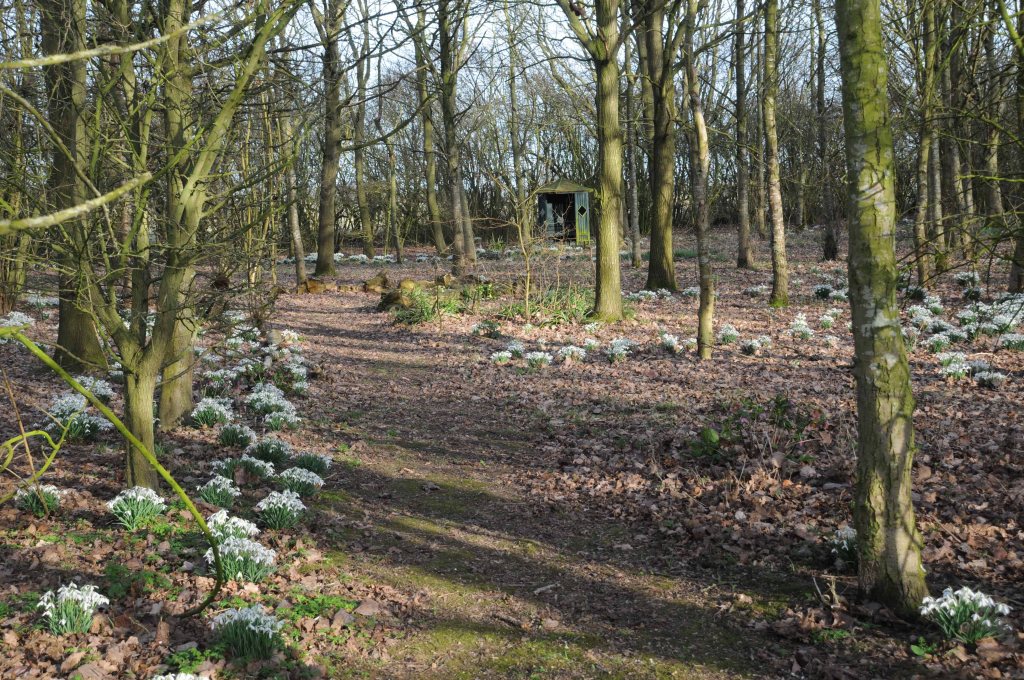
My first picture is of snowdrops in the wood, taken in mid-February, 2023. I like the effect we are now getting where snowdrops line paths and form distinct bands beneath the trees. I’m less keen on huge great sheets of them, which are very spectacular, but rather samey if, like me, you have to walk through them regularly. In my case I’m usually being dragged along by two muscular dogs, our assertive Jack Russell, Baldwin, and Pen, a Border Collie cross Labrador bitch whose great pleasure in life is to sit alongside me in the wooden kiosk (seen in the background), where she will set about trying to remove the skin on my face with huge adoring licks. Being brought-up in the Fens, both dogs adore rolling in the heron poo found alongside most drainage dykes. In the past the poo smelled strongly of eels, but today most of the eels have gone and the heron poo is still fishy, but altogether less distinctive. Climate change can be horribly subtle in its impacts.

The same day I took the picture of the snowdrops, our neighbours came round with a stock-trailer loaded with ewes and lambs. These twins are probably only one or two weeks old. They tend to stay together, but otherwise they move about freely. Young lambs almost immediately recognise their mother’s voice and I’m also quite convinced that they very quickly get to recognise the bleats of grand-mothers and other close relatives. There’s a whole world of complex family relationships out there in a seemingly featureless field of ewes and lambs.
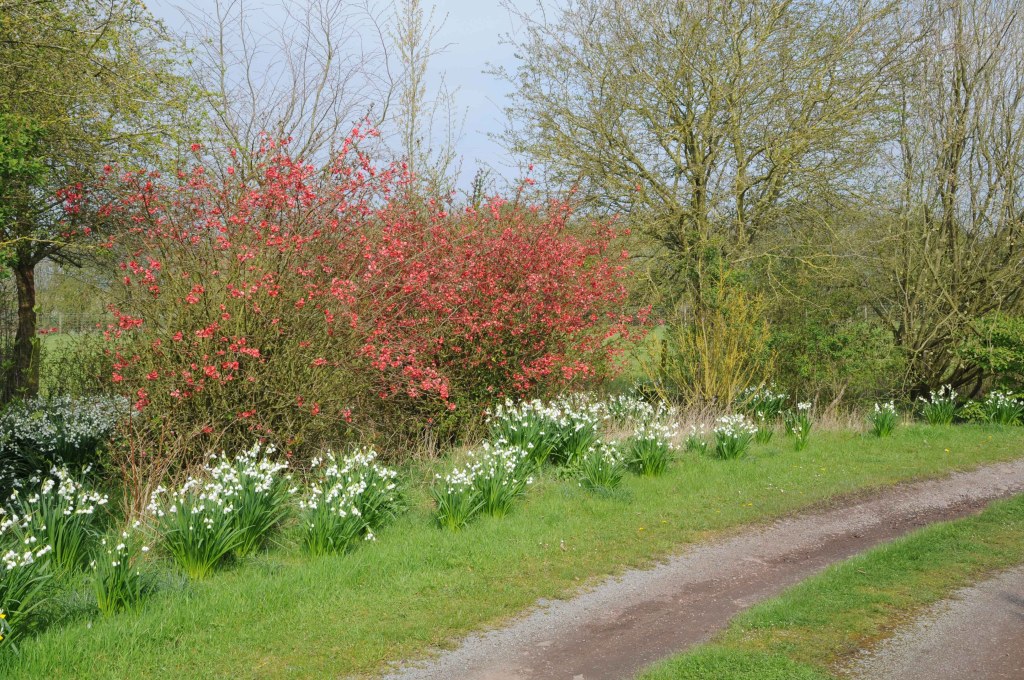
Every springtime the garden produces a few surprises. This picture was taken in early April and the large white snowdrop-like bulbs growing alongside the front driveway are Summer Snowflakes (Leucojum aestivum ‘Gravetye Giant’). They look good against the dark pinkish-red blossom of the Japanese Quince shrub (Chaenomeles japonica), which has been particularly spectacular this year.
And now for something completely different. Bird flu (or Avian Influenza) has been rife in Britain during the winter of 2022-3. In the autumn the Government announced that people who kept poultry would have to keep their birds under cover in a barn, shed or shelter where wild birds could be excluded. It was wild bird poo that carried the virus that was so deadly to chickens, geese, and ducks. So, we did as we were told and duly confined our two chickens within a small barn. At the start of last summer we had five chickens, but sadly three were soon taken by a greedy fox (or more probably a vixen, feeding her young). So now we had just two hens: a small brown hybrid of the sort that inhabits most commercial egg-laying farms (sadly, not many have survived Brexit) and a larger mostly white-feathered Light Sussex, reputedly one of the earliest traditional breeds of English chickens. Both chickens laid magnificently throughout the winter. So, we were determined to look after them carefully. Every day, throughout their confinement I would feed them sprouts or cabbage leaves or handfuls of the chickweed that grows plentifully around the farm. Thanks to the green leaves, their eggs lost none of their colour or flavour during that long, cold, wet winter. And they are still as delicious as ever.
Then in early April came that Government announcement that imprisoned chickens could be released out into the open. We decided to keep them confined for a single extra day, because on Tuesday April 18th one of our most loyal and diligent garden helpers, Linda Ireson, was coming to spend the day in the garden. Linda loves our eggs and is such a steadfast gardener – partly I suspect because she is a retired hospital nurse and the National Gardens Scheme, which supports our garden Open Days gives most of the money it raises to nursing and medical charities. We told her about the planned release – and she was delighted!
The chicken release took careful management. First, I went into the barn where I fed, watered, then released the two hens from their secure over-night roosts (which protect them from rats, foxes, and other predators). I then ran outside, grabbed my camera, and stood back from the open hurdle, which was being held open by Linda and Maisie. This picture shows the first chicken to emerge: the small brown hybrid.

A few moments later the Light Sussex joined her, to the delight and spontaneous applause of their human audience. I’ll never forget the look of delight on Linda and Maisie’s faces as those chickens returned to the farmyard, the muckheap and freedom. Ah, the simple pleasures of country life…






